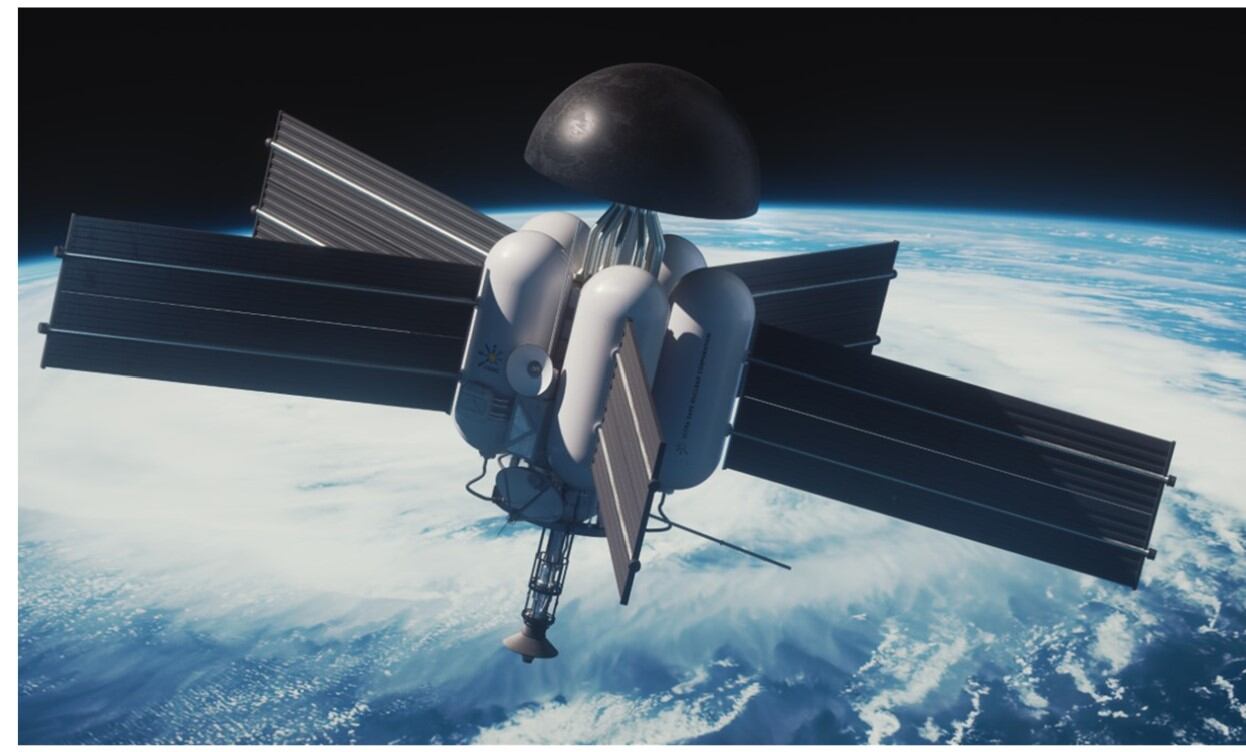WASHINGTON — The Defense Innovation Unit selected two companies to develop prototypes for nuclear-powered spacecraft with an eye on launching a demonstration mission in 2027.
DIU, an organization tasked with helping the U.S. Department of Defense leverage commercial technology, chose Seattle-based Ultra Safe Nuclear Corp. and Avalanche Energy Designs for its Nuclear Advanced Propulsion and Power program. The companies will build propulsion components for small spacecraft that allow them to maneuver at will.
Air Force Maj. Ryan Weed, DIU’s program manager for NAPP, said the commercial market for nuclear propulsion technology is thriving and could have significant implications for military space operations.
“Advanced nuclear technologies will provide the speed, power and responsiveness to maintain an operational advantage in space,” Weed said in a May 17 statement. “Nuclear tech has traditionally been government-developed and operated, but we have discovered a thriving ecosystem of commercial companies, including start-ups, innovating in space nuclear.”
Ultra Safe Nuclear’s design is based on its chargeable battery called EmberCore, which it will demonstrate for space-based propulsion applications. The company is developing a next-generation system with greater power and longer life than a typical plutonium system.
The Avalanche Energy device, dubbed Orbitron, will showcase the ability to reduce the size of high-power propulsion systems for use on smaller spacecraft.
The Defense Advanced Research Projects Agency and NASA are also working with industry to advance nuclear propulsion technology with a particular focus on how the capability could benefit operations in cislunar space, a term used to refer to the area between Earth and the moon. Because nuclear propulsion systems have a high thrust-to-weight ratio and are more efficient to operate, it’s easier to perform rapid maneuvers in space than with electric or chemical systems.
This month, DARPA released a solicitation for the second phase of its Demonstration Rocket for Agile Cislunar Operations program, which aims to develop and demonstrate a design for a nuclear thermal propulsion reactor and subsystem. DARPA expects to showcase the system on orbit in fiscal 2026.
Courtney Albon is C4ISRNET’s space and emerging technology reporter. She has covered the U.S. military since 2012, with a focus on the Air Force and Space Force. She has reported on some of the Defense Department’s most significant acquisition, budget and policy challenges.







